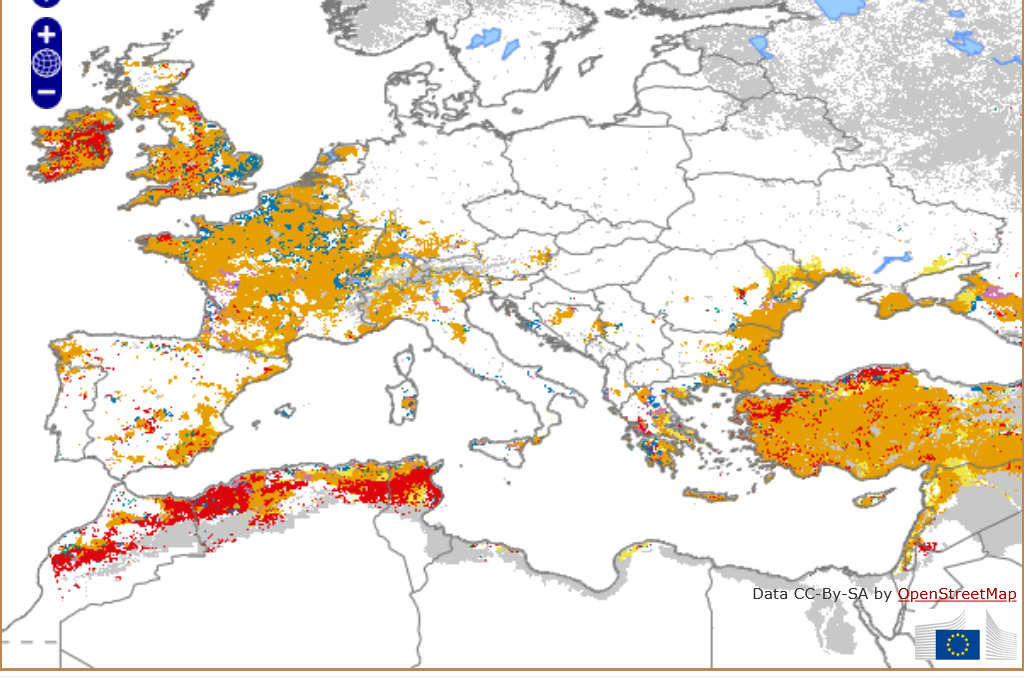Due to an exceptionally dry and warm winter, soil moisture and river flow are already showing significant anomalies, especially in France, Spain and northern Italy. In the Alps region, the snow accumulation was well below average and is even lower than in the winter of 2021-2022. This will lead to a sharp reduction in the contribution of snowmelt to river flows in the perialpine region in spring and early summer 2023.
Rainfall Over The Next Few Weeks
The rainfall over the next few weeks will be crucial in determining the evolution of the current drought and its impacts. Europe and the Mediterranean region could experience an extreme summer this year, similar to 2022. The report recommends close monitoring and appropriate use of water as well as the implementation of targeted sectoral adaptation strategies and a enhanced cooperation, as these climate and weather models are expected to be more frequent in the future.
Hotter and drier than usual conditions are also occurring in the southern and eastern Mediterranean region, where a severe lack of rainfall is affecting the Maghreb and Turkey, as shown in the JRC MARS Bulletin on the North Africa. The JRC produces real-time drought information through the European and Global Drought Observatories (EDO and GDO), which are part of the Copernicus Emergency Management Service (CEMS). It also produces a regular report on agricultural crops, the MARS Bulletin, the next publication of which will take place shortly. For more information, you can subscribe to the Disaster Risk Management Knowledge Center newsletter.
At the upcoming UN Water Conference, the EU will join forces to tackle the global water crisis and ensure water security for all, announcing 33 commitments to action now , including drought resilience.
This article is originally published on temoignages.re







